Takashi Nishitsuji
Digital holographic particle volume reconstruction using a deep neural network
Oct 21, 2018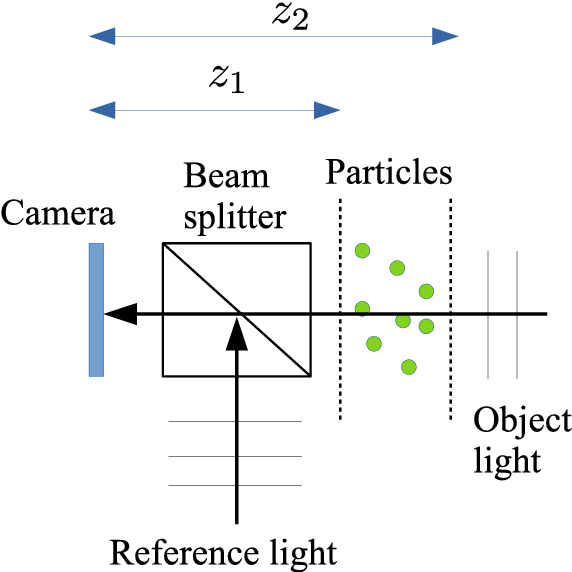
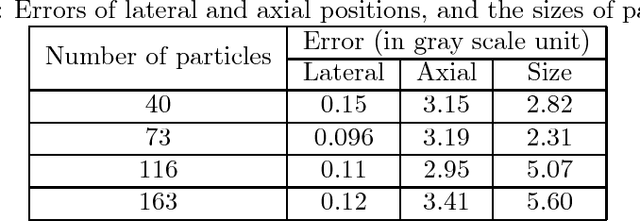
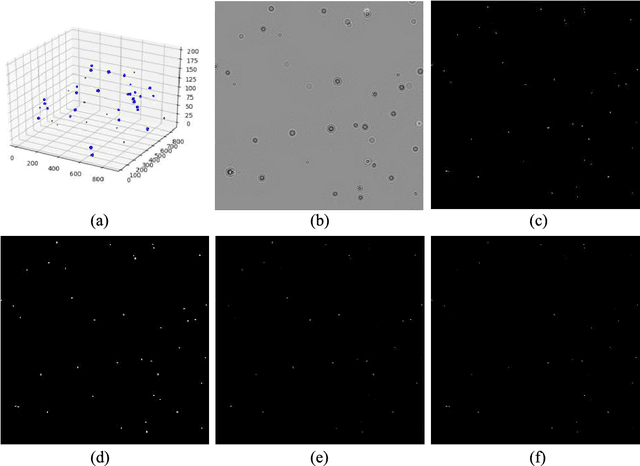
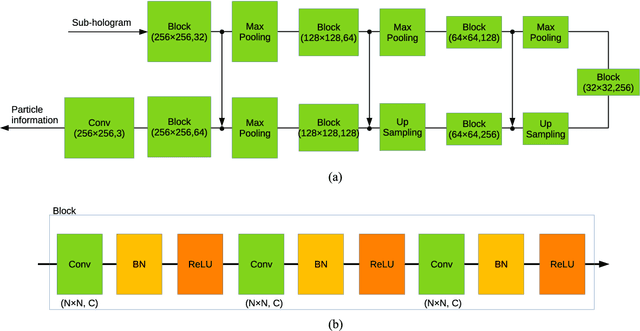
Abstract:This paper proposes a particle volume reconstruction directly from an in-line hologram using a deep neural network. Digital holographic volume reconstruction conventionally uses multiple diffraction calculations to obtain sectional reconstructed images from an in-line hologram, followed by detection of the lateral and axial positions, and the sizes of particles by using focus metrics. However, the axial resolution is limited by the numerical aperture of the optical system, and the processes are time-consuming. The method proposed here can simultaneously detect the lateral and axial positions, and the particle sizes via a deep neural network (DNN). We numerically investigated the performance of the DNN in terms of the errors in the detected positions and sizes. The calculation time is faster than conventional diffracted-based approaches.
Computational ghost imaging using deep learning
Oct 19, 2017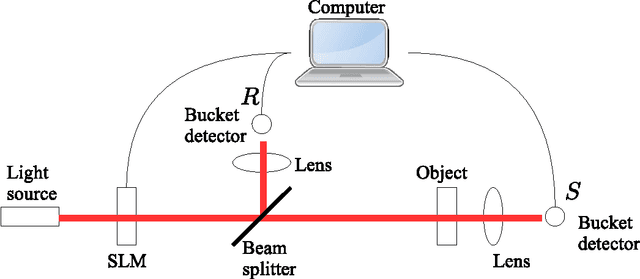


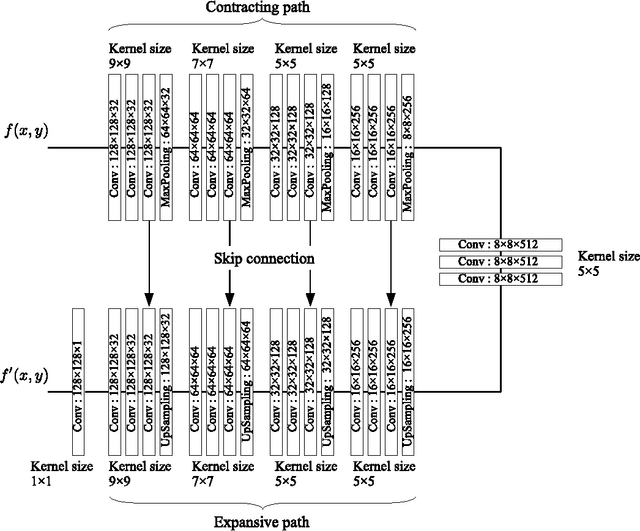
Abstract:Computational ghost imaging (CGI) is a single-pixel imaging technique that exploits the correlation between known random patterns and the measured intensity of light transmitted (or reflected) by an object. Although CGI can obtain two- or three- dimensional images with a single or a few bucket detectors, the quality of the reconstructed images is reduced by noise due to the reconstruction of images from random patterns. In this study, we improve the quality of CGI images using deep learning. A deep neural network is used to automatically learn the features of noise-contaminated CGI images. After training, the network is able to predict low-noise images from new noise-contaminated CGI images.
Autoencoder-based holographic image restoration
Dec 12, 2016

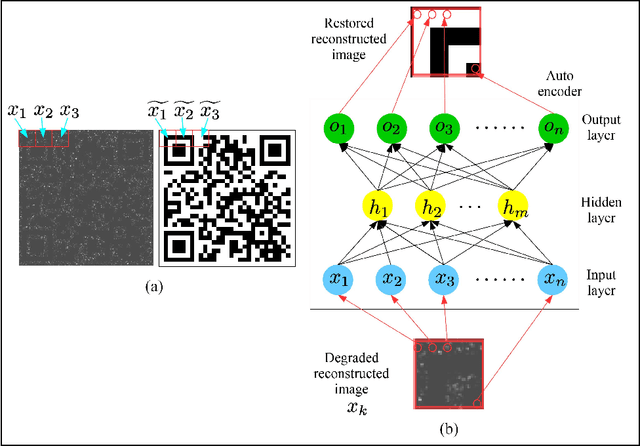
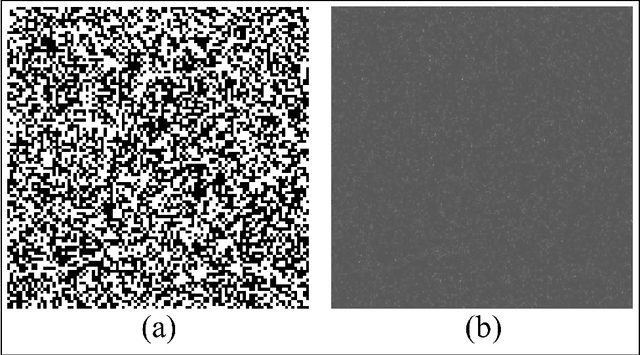
Abstract:We propose a holographic image restoration method using an autoencoder, which is an artificial neural network. Because holographic reconstructed images are often contaminated by direct light, conjugate light, and speckle noise, the discrimination of reconstructed images may be difficult. In this paper, we demonstrate the restoration of reconstructed images from holograms that record page data in holographic memory and QR codes by using the proposed method.
 Add to Chrome
Add to Chrome Add to Firefox
Add to Firefox Add to Edge
Add to Edge